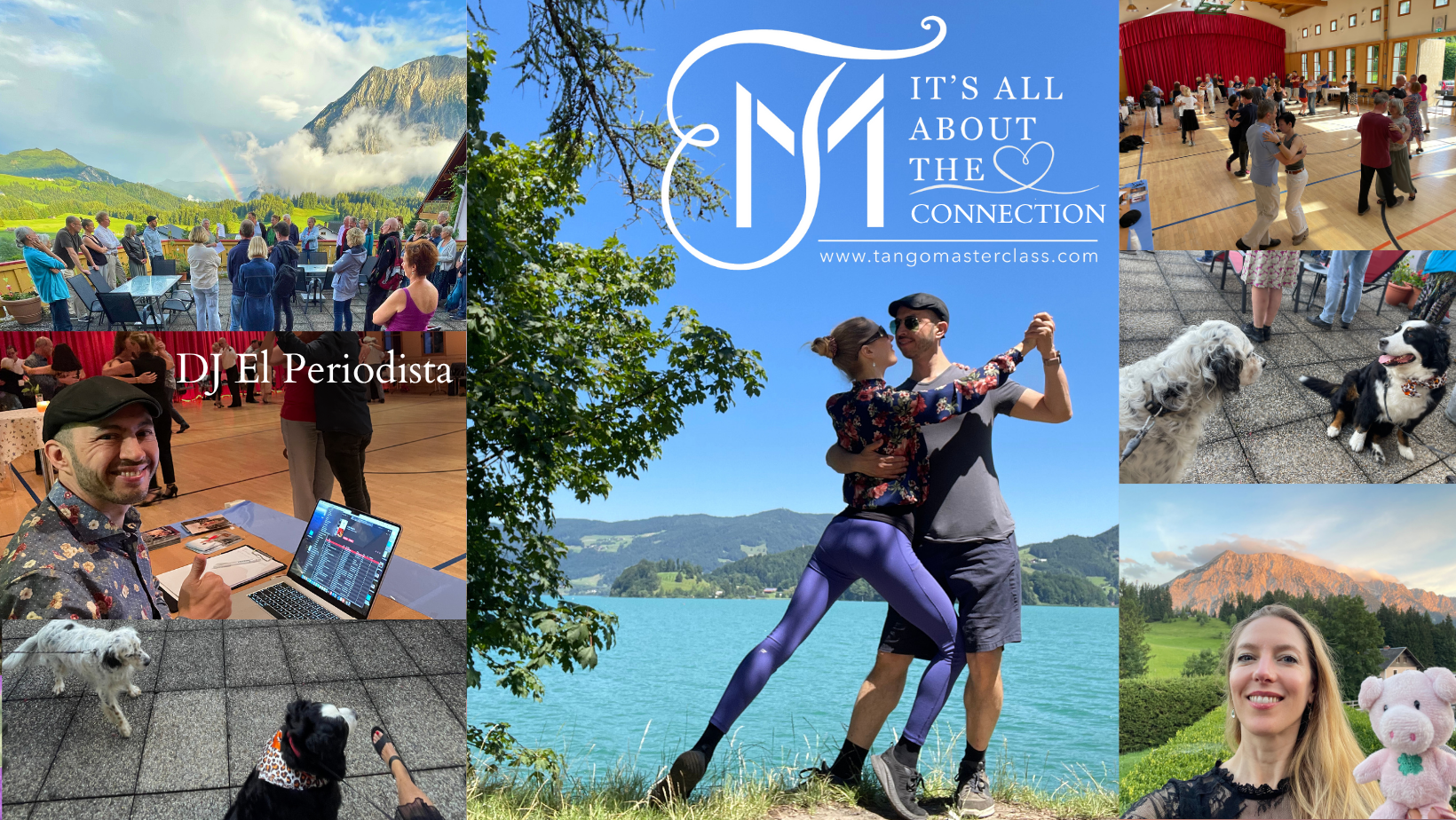Día de la Bailarina de Tango
Jan 29, 2022
© by Cosima Diaz Campos, 22 January 2022
Celebration Days in Argentina
In Argentina it is a custom to dedicate celebration days. These official and national Days of celebration are a symbol of recognizition.
Here are just a few examples: Día del Estudiante (Day of the Student), Día del Maestro (Day of the Teacher), Día del Camionero (Day of the Truck Driver), Día del Médico (Day of the Medical Doctor), Día del Niño (Day of the Child), Día del Artista Plástico (Day of the Plastic Artists), and the list goes on.
Día del Bailarín de Tango
The Day of the Tangodancers is celebrated 7th of February, in honour of the passing of José Ovidio Bianquet El Cachafaz, el 7 de febrero de 1942 en Mar del Plata at the age of 57, after his ultimate show on stage of El Rancho Grande. Since 1933 until his passing he danced with Carmencita Calderón.
Día de la Bailarina de Tango
Since 2022, the female dancer of tango also gets official recognition. The new commemoration day that recognizes all the women who dedicate their lives to this dance: el Día de la Bailarina de Tango is instituted in commemoration of the birth day of María Nieves on 6th September.
Why another day?
People might wonder, why do we need yet another day for tango. We already have the Day of Tango, and the Day of the Tangodancer. Isn't that enough?
Well, when you look at the history of tango dance, and how it is written, often the male dancers are mentioned more or get more credits. As if the female dancers role was not part of the creative process. And when the female dancer was mentioned, it was mostly as "the dance partner of". Whereas the male dancer was never mentioned as "the dance partner of".
A style of a couple is created by both dancers, the bailarina de tango contributes just as much to the dance, in a unique way. Initially, the woman was considered to adapt to the style of the man, in social tango. And to a certain extend this is still the case for social tango. But especially in the couples that became very creative and virtuoso, the contribution of the female dancers to the creation of steps, figures, musical interpretation, adornos is undoubtatly very big.
Teaching La Bailarina de Tango
In general I teach my following students (men or women), to listen to the music, and to step and dance on the rhythm solo, without the leader. What we often see is how shy dancers are (even leaders) to dance solo on the rhythm, and it is just so empowering to be able to do this, it is the best training for musical dancing, and it is a very good preparation to develop a good lead as a leader and a good 'follow' as a follower.
With this solo training dancers develop a musical ear, and connect it with their body movements. Following is a combination of following the music (stepping accurately on the beat, or dancing to the atmosphere of the music), of interpretaing the leaders' invitation, and translating this to your own movements. Solo technique is very important both to train and control your own movements and to listen to the music and dance to the music. All the rest about the connection you will learn as a follower in the milonga and in group classes with partners. The embrace is build up from the feet (technique) and the heart (the feeling).
My role in the dance couple
As a social dancer I adapt to the style of the leader. And if the leader is sensitive, we can dance to the music together and the music is our common leader. The leader will invite me to the movements and I will accept the invitiations and translate them into movements in my body in a unique way; just as every dancer, male and female, moves in a unique way.
As a professional dancer, my role in the couple is different. Together with Mariano we invent and create unique movements together. We will suggest ideas for each others' style, adornos and musical interpretation. We decide how we want to move to certain musical styles, and how we don't want to move.
In future articles, we will write about Maria Nieves and other legendary Singers, Dancers and Milongueras of the Tango. At request Mariano also teaches lectures about 'The Woman in Tango'.
Photo: María Nieves Rego

Día del Bailarín de Tango | 7 February
in commemoration of the death of José Ovidio Bianquet El Cachafaz
Día de la Bailarina de Tango | 6 September
in commemoration of the birth day of María Nieves
Día del Milonguero | 29 September
in commemoration of the birth day of Juan Carlos Estévez Petróleo.
Día de la Danza | 10 October
in commemoration of nine dancers who were part of the cast of Teatro Colón, who past away in a plane crash in 1971
Día Nacional del Tango | 11 December
in commemoration of the birth days of Carlos Gardel and Julio de Caro.
........
About the author Cosima Diaz Campos
"My love for tango started with the music (conservatorium Tango Violin) in 1996, and continued with the tango dance a few years later. I have been an Argentine Tango dance performer, choreographer and instructor for over 20 years. With a background in physiotherapy - specialized in healthy posture & movement - I have to good foundation to build my classes from the basics up. From analysis to synthesis."


